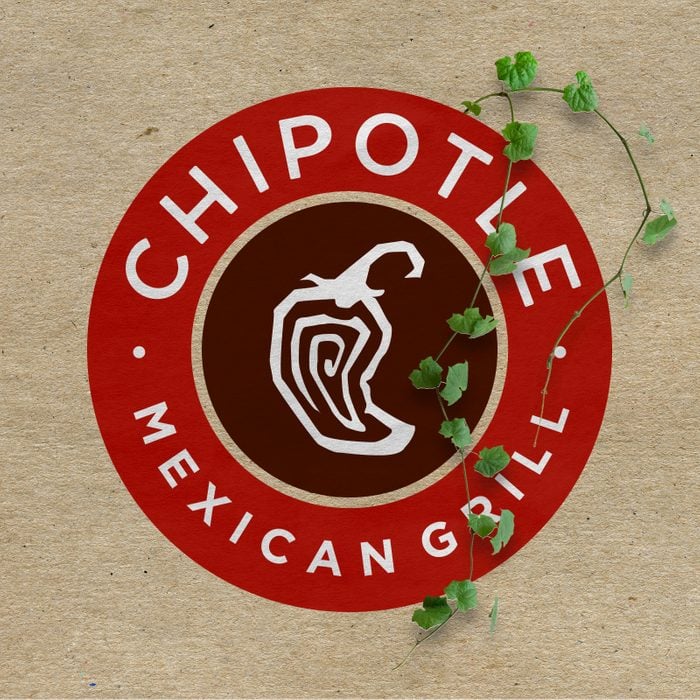Reader’s Digest | 10 Fast Food Restaurants with Sustainability Goals [2022]

Is fast food sustainable?
With around 200,000 fast food restaurants, the U.S. sees a lot of on-the-go eating each week. In the past, fast food restaurants have been some of the biggest environmental polluters—relying on single-use containers, cups, and silverware (not traditionally made from sustainable materials). That’s led to a lot of unnecessary waste and harm to the environment, but as the global demand for more sustainable fast food options has increased, companies are joining environmental efforts to lower their carbon footprint.
Why are fast food restaurants not sustainable?
“The fast food industry falls into the crosshairs of a lot of the concerns about climate change and sustainability,” explains Jennifer Brandon, PhD, climate portfolio manager at King Philanthropies. Since the fast food industry is a carryout industry, it incorporates a lot of single-use plastics instead of reusable dishes and silverware that can be washed. “It’s absolutely helpful to the environment to reduce single-use plastics whenever possible,” says Brandon. She encourages fast food restaurants to make sauce packets, utensils, and straws optional, so the cashier simply asks the customer their preference—since most of these items are not recyclable and often get thrown away unused.
Another issue is food waste that is not getting composted. “Up to 40 percent of food in America gets wasted, and much of that is on the restaurant prep side,” explains Brandon, who promotes back-of-house composting.
How do you make a fast food restaurant sustainable?
“The single most important thing an individual can do to lower their carbon footprint is to reduce their red meat consumption, which is a hard message when you’re a hamburger company,” Brandon says. In 2021, McDonald’s and Yum! Brands (KFC, Pizza Hut, and Taco Bell) partnered with Beyond Meat for their plant-based protein menu items. The plant-based company—which uses less water, land, and energy (generating fewer greenhouse gas emissions)—has also partnered with Carl’s Jr., Del Taco, and Panda Express (currently in 70 of their locations).
Whether businesses are switching from plastic packaging to paper products or trying vegetarian and plant-based options, you as the customer can make a big difference by supporting these sustainable fast food restaurants. At the corporate level, specific goals have been set to use less water, to protect our forests and natural resources, and to choose sustainable supply chain options. Check out our list to see how some of your favorite fast food restaurants are going green.

Chipotle Mexican Grill
Best green goal: Sustainable and regenerative food sources
Chipotle’s leadership team is taking the company’s progress on sustainable fast food seriously. “How we grow our food is how we grow our future,” says Brian Niccol, chairman and CEO. Their focus is on supporting sustainable small farms—which means more organic and local food options. Focusing on local limits the amount of fossil fuels required for production and delivery. In 2020, they purchased more than 31 million pounds of local produce—an investment of more than $23 million into local food systems. They also increased their organic and transitional bean purchase by one million pounds.
Another emphasis is on regeneratively grown or raised food—which has to do with enhancing farm ecosystems, capturing carbon, and boosting soil biodiversity. Not only do their meats and dairy options contain zero nontherapeutic antibiotics or added growth hormones, but you can also feel good knowing they only use animals that have been treated humanely (which their animal welfare team checks up on regularly). Psst, here’s the inside scoop on some of Chipotle’s best-kept secrets.




